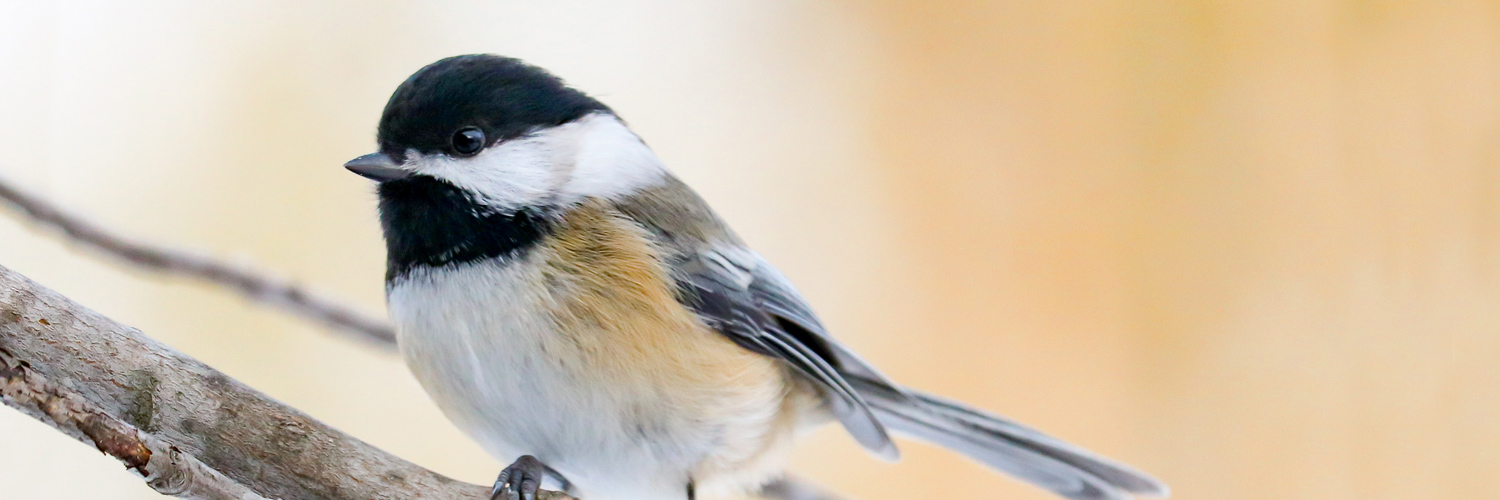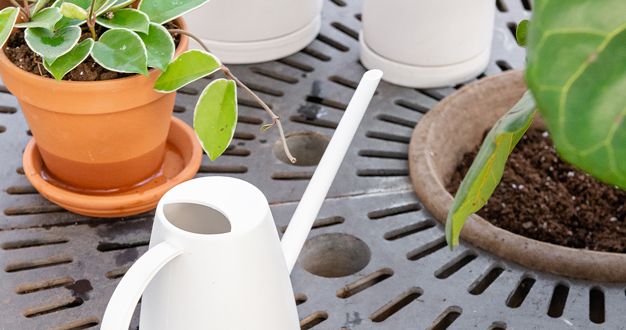
Flashes of color, amusing antics, and the air filled with twitters and song – all reasons we enjoy seeing birds in our outdoor spaces. It’s easy to feel discouraged when we hear recent reports of declines in our North American bird populations. And maybe you’ve noticed fewer birds around your neighborhood lately too. But there is something we can do.
With a variety of crucial resources available – including food, fresh water, and adequate shelter – plus an environmentally conscious approach to garden practices, our urban landscapes can become a welcome oasis for a wide variety of native birds. Here we explore a few ways you can make that happen.
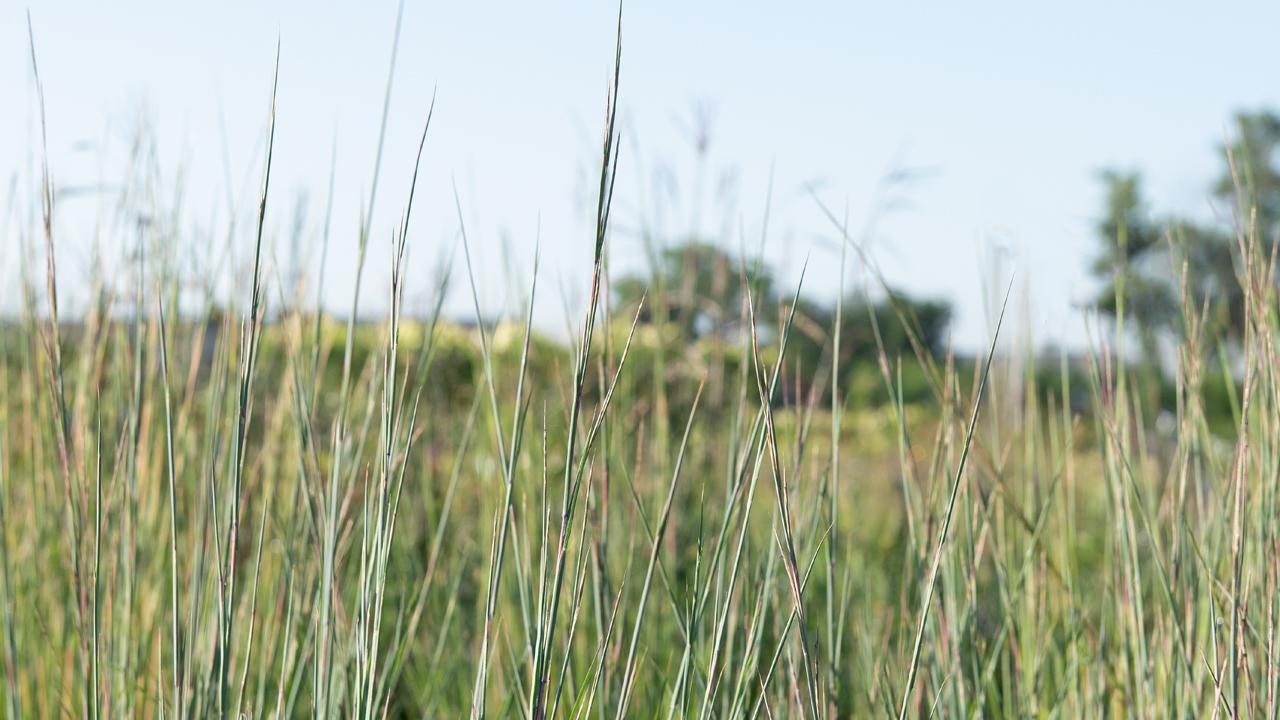
Go Native
Creating a bird-friendly landscape starts with the basics – the trees, shrubs, and perennial plants that surround your home. At one time, our area was part of a vast grassland – interrupted here and there with wetlands, streams, and forested areas too. The Great Plains region was filled with a continuous supply of native plants that evolved together with birds. Even now, the berries, seeds, and nectar that native plants produce are some of the most recognizable food sources for our native birds – including today’s backyard favorites like chickadees, cedar waxwings, and goldfinches. So, to provide a meaningful resource to the greatest number and widest variety of birds, native plants are a great choice. And in the late summer and early fall, late-blooming varieties like coneflower and little bluestem provide critical pitstops for migrating species looking for nutritious fruits and seeds to fuel their long trip.
Native plants not only produce nutritious food, but even more importantly, they attract it – in the form of native insects. According to Audobon.org, over ninety-five percent of North American terrestrial birds feed insects to their young – hungry babies that can’t eat seeds. As a result, bird parents spend a great deal of time and energy searching for the right insects to satisfy their hungry brood. And caterpillars are a favorite. In one stunning example, biologists have found that Carolina chickadee parents must catch over 5,000 caterpillars to successfully raise just one clutch of babies. And while nonnative plants can often attract unappealing insect pests like aphids and scale, native species like oak, elm, and walnut can support countless protein-rich caterpillars. Different bird species look for their own favorite insects too. With a wide selection of native plants in the landscape, your yard could become the go-to grocery for all the young bird families in the neighborhood.
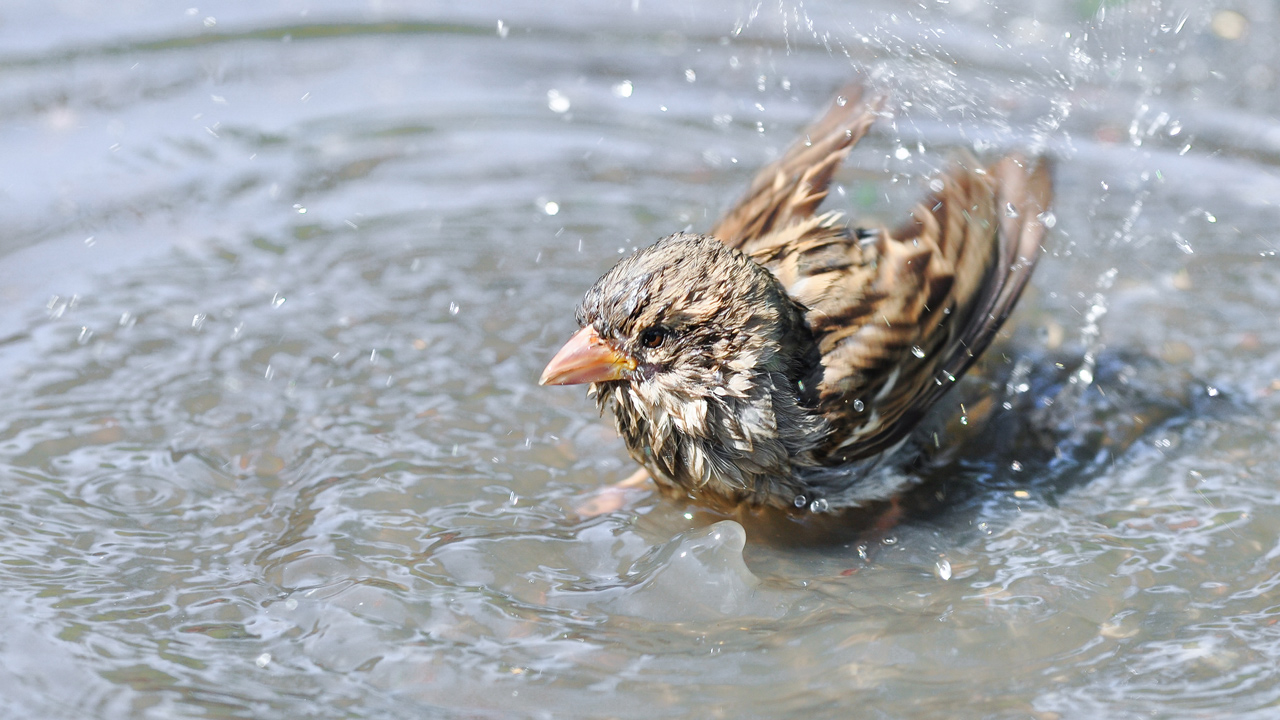
The Importance of Water
Clean, reliable water is another vital resource all birds rely on in every season. Any time nearby puddles are scarce, birds may have to fly longer distances to find adequate water – this uses valuable time and energy they could be spending on other activities like foraging, bathing, and caring for little ones. A bird bath is one way you can support local birds and bring them into your yard where you can enjoy their beauty and activity.
The more you can mimic the natural water sources that birds look for in the wild, the more useful it will be to a wider variety of species. Although a classic pedestal bird bath is a wonderful option, you might consider setting another bowl directly on the ground – a position where birds would naturally find water. A small bubbler fountain creates sparkling movement that birds find attractive too. When placing your water source, keep in mind that birds like to have a tree or fence nearby that they can flutter to for preening after their bath. But stay away from thick shrubs that can conceal predators. Instead, birds tend to enjoy baths that are out in the open – likely because they feel safer when they can keep an eye on their surroundings.
No matter where it is in the landscape, a bird bath should be shallow at the edges, sloping to a depth of no more than two inches at the center, so tiny hummingbirds can enjoy the water too. The bowl should also have a slightly rough texture to offer a secure foothold. If your bird bath is deeper or made of slippery glazed ceramic, place pea gravel or a few stones in the water to create a safe place for birds to stand and drink. And extra-large bird baths are popular bathing spots for lots of birds too – including exciting species like Cooper’s hawk.
Although we normally equate being thirsty with high temperatures, in the winter, birds have an even harder time finding clean, open water to drink. Consider using an electric bird bath de-icer, but make sure it’s powerful enough – 250 watts – to keep up with our cold winter climate. We can show you which one we recommend when you visit the store.
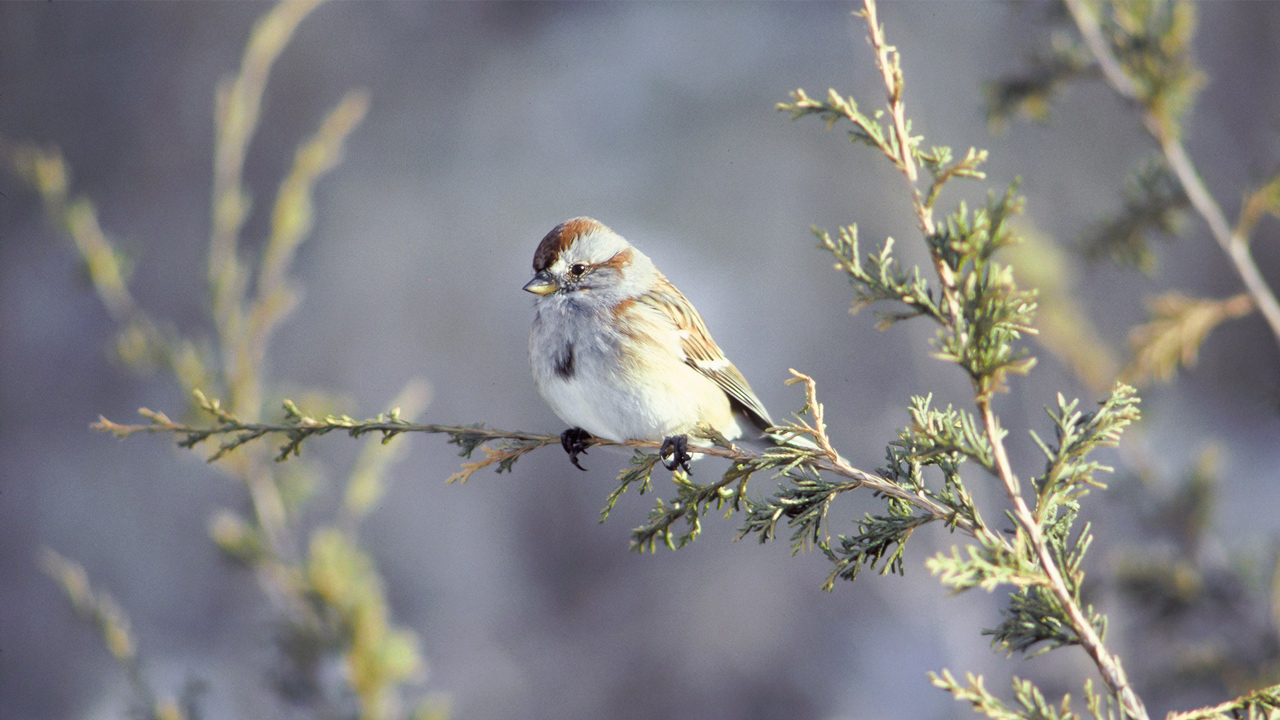
Shelter from the Elements
Shelter is another important piece of habitat birds look for that we don’t always think about. Birds need to eat and drink, but they also need to feel safe – especially during nesting time. We’ve noticed that the hawthorn trees along our parking lot are home to several nests in the spring thanks to the thorny branches that keep raccoons and feral cats away. You may see a nest or two in your barberry shrubs too. Evergreens are also useful to birds looking for shelter. Their dense foliage and branching structure hide birds from soaring hawks, protect them from wind and precipitation, and slow-down climbing predators. A variety of sturdy trees and shrubs in your landscape give birds lots of choices when they’re looking for a safe place to land. Consider leaving a pile of broken branches in a corner somewhere over the winter too. Overwintering flocks of little sparrows and juncos will appreciate it.
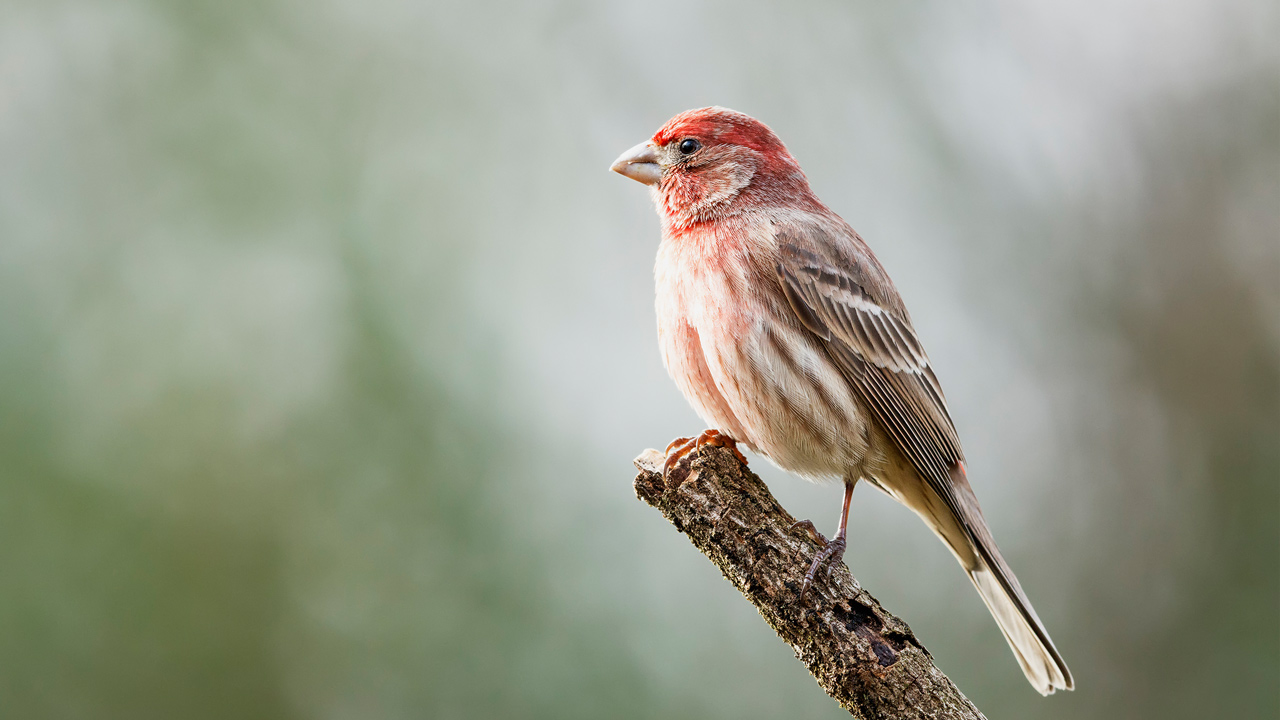
A Careful Approach to Pesticides
No one wants damaging insects to ruin the beauty and productivity of our gardens, but in recent years, studies have shown both direct and indirect effects of pesticides on birds as they try to find food, navigate their migration, and reproduce. To build a safe and still beautiful habitat for birds, consider planting a wide variety of native pollinator-friendly plants to attract beneficial insects like lacewings, parasitic wasps, and lady beetles. These insects not only feed on nectar and pollen, but they’ll join you in your battle against the damaging insect pests too.
Consider a few non-chemical options for controlling damaging bugs too such as companion planting, hand-removal, or spraying with water to reduce their populations. If you decide that a chemical insecticide is necessary, go with a gentler insecticidal soap or horticultural oil to start. And whenever you use any pesticide in your garden, including weed control, be sure to carefully follow all label directions in order to limit its negative effects on beneficial insects, pollinators, and the local water supply.
Make It a Bird Haven
Even the smallest outdoor spaces can become an oasis for all kinds of feathered visitors. The common theme to remember when building a habitat for birds is “variety”. Providing a variety of elements – including native plants, water, and shelter – will invite a surprising assortment of native birds to enjoy the benefits of visiting your yard.

